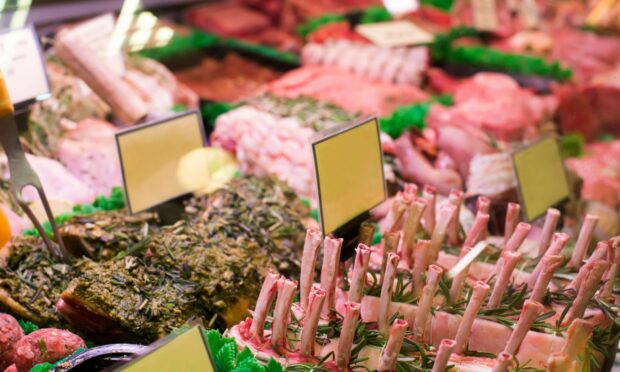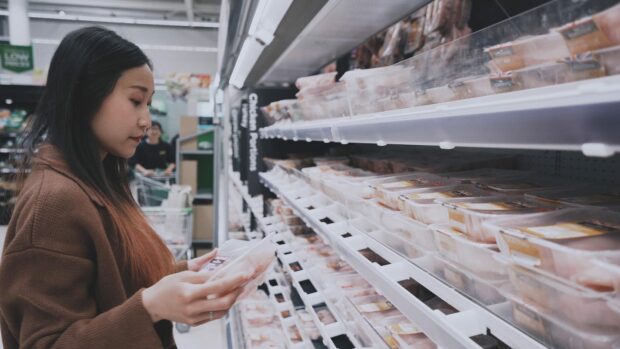As spring drilling comes to a close, purse strings are being tightened across the board as the cost of living skyrockets.
Current household costs are soaring, with energy, transport and food all rising considerably in the last six months.
And food, I believe, needs to increase further.
It may be an unpopular opinion, but the justification for higher food prices is compelling.
For many years now, Britain has had an unhealthy obsession with cheap food, with prices rising below the cost of inflation, resulting in some of the lowest food costs in Europe.
This association with cheap produce has changed our perception of food, and as a result only 10% of household income is now spent on groceries, compared to 25% in the 1970s.
As food has fallen down the pecking order so its true value has been lost.
I’m not suggesting higher prices will line farmers’ pockets, as over 80% of the cost of food comes after it leaves the farm, as recent record high corporate gains for the food conglomerates would indicate.
Inexpensive food has also contributed to the eye-watering level of food waste in the UK.
Almost 10 million tonnes of it is produced each year – the highest amount in Europe.
When you can buy a bag of carrots for 20p, does it really matter if you only use two of them and chuck the rest of the bag out? The most disposed-of items include bread, milk, cheese, and eggs – all farmgate staples consistently used by supermarkets as loss-leaders to get shoppers through the door.
This broken pricing system has left us in a scenario where for each of the nine million people in the UK who are in food poverty, there is one tonne of food dumped in landfill each year, which also comes at a cost to the environment.
The way we have purchased our food has also changed over the years. In 1963, 97% of meat was sold through butchers and local grocers, decreasing to just 7% by 2020.
A large proportion of this meat, and food in general, is now ultra-processed, low -nutrient, and convenient – which is having an impact on our overall health.
One report concluded that the regular consumption of ultra-processed food can decrease life expectancy by up to 30%.
Food can be produced very cheaply but that usually comes at the cost of animal welfare.
Recently I was shocked to see a fresh whole chicken in the supermarket for the bargain price of £1.50. How can any bird be bred, hatched, reared, slaughtered, processed, packed, and shipped halfway round the world for under £2?
Unsurprisingly, the chicken was from Thailand and you only have to look at that country’s questionable animal rights record to see why it was priced so cheaply.
There is a balance between high standard and affordable food and in the UK we have to compete with cheap imports, while maintaining much higher welfare standards.
Going forward, a change in the price, but also the attitude towards food, could result in substantial benefits for us all.
Craig Peddie farms with his family near Anstruther and is a 2021 YEN award winner.


